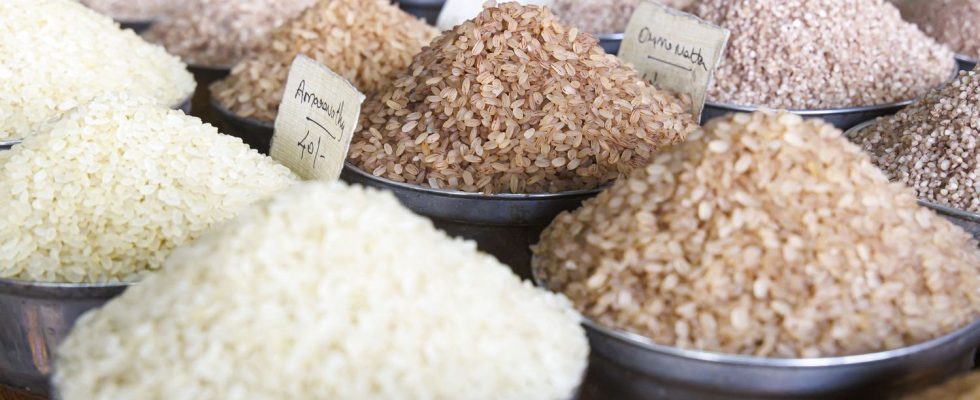This decision comes as international rice prices have been rising for several weeks.
Posted
Update
Reading time : 1 min.

Towards an increase in the price of rice on supermarket shelves? India, the leading exporter of this cereal, announces the ban “with immediate effect”, Thursday, July 20, of the export of its non-basmati rice. The goal is to “to guarantee” a supply “adequate” for Indian consumers and “to mitigate the rise in prices on the internal market”said the Minister of Consumer Affairs.
This decision could have major consequences, because rice is a staple food in the world and also because rice prices are already on the rise. This rise in prices for basmati rice can be explained in particular by poor harvests, due to the weather experienced by its main producing countries – India therefore, but also Italy, Thailand and Pakistan. The Covid-19 pandemic, the war in Ukraine and the consequences of the climatic phenomenon El Nino also contributed to the spike in rice prices.
To protect its consumers, India had already taken action: in September, the country banned exports of broken rice and imposed a 20% tax on exports of premium rice. With this new ban on non-basmati white rice, India is securing almost a quarter of its exports of this cereal. Last year, 10 million tons of this type of rice were exported by India.
